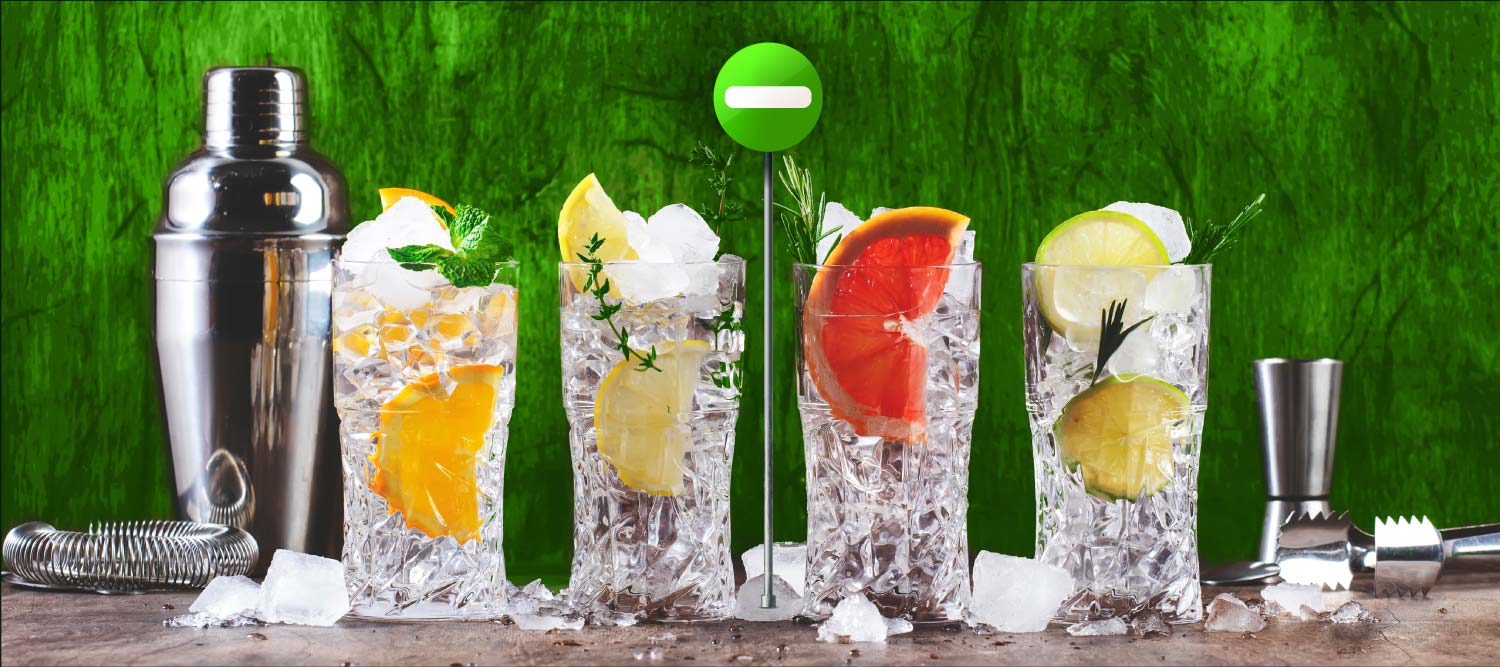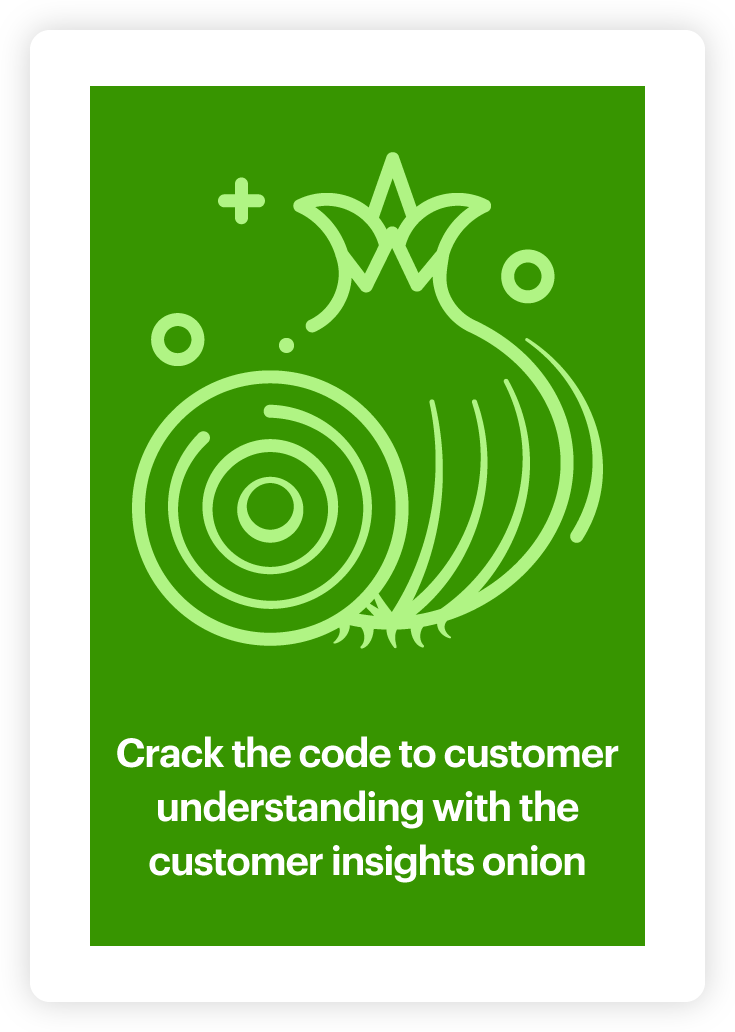Customer review analytics demonstrate how alcohol-free drinks brands can stand out in Dry January

Since the concept of Dry January began in 2013, a growing number of consumers have tried to balance alcoholic overindulgence across the holidays with January prohibition. 35% of US adults cut out alcohol in January 2022, with the number attempting Dry January in 2023 expected to increase further.
This health kick offers a huge opportunity to no and low-alcohol drinks brands. Drinks market analyst the IWSR estimates that the sector is already worth just under $10bn in key markets, and predicts continued growth through 2025. An increased number of consumers seeking to cut out alcohol, even for just a month, broadens the potential customer base for brands in the sector.
How can low-alcohol drinks businesses reach these potential customers? By speaking to them with resonance. What’s the best way to find out what resonates with them? By using text analysis to understand what they think and how they talk.
To demonstrate how to extract customer insights from text data, we gathered online customer reviews of hard and alcohol-free seltzers from retailers such as Target. We uploaded these reviews, amounting to tens of thousands of words, into our customer review analytics tool. Relative Insight Explore uses comparison to surface what is unique to different aspects of customer reviews.
In this example, comparing reviews of ‘hard’ and ‘soft’ seltzers identifies what matters most to consumers about these drinks. Despite the beverages being similar, what consumer reviews focus on is varied.
Flavor And Ease Of Drinking Versus Surprise And Description
Reviews for both drink types focused on different aspects of consumption.
Hard seltzer drinkers were more likely to focus on the flavors available to them. This incorporated both traditional and new drinks; they were 19.0x more likely to talk about ‘original’ beverages and discussed ‘classic’ and ‘new flavors’ infinitely more – with reviewers highlighting their preference for the variety offered by newer selections.
“Love the new flavors! I was not a fan of the original pack because I didn’t like a lot of the flavors but this one is it!!! All 4 flavors are delicious! Lemon and tangerine are definitely my favorite also!“
Reviews of hard seltzers were also 2.7x more likely to focus on ease of consumption, with customers praising how easily the drink went down.
In contrast, alcohol-free seltzer drinkers were far more descriptive. Our customer review analytics tool surfaced a range of descriptive topics, words and phrases that consumers were more likely to use, including discussion of ‘smell’ (2.1x) and ‘texture’ (1.8x). They were 2.5x more likely to use the word ‘crisp’, talked about drinks being ‘delicious’ 1.6x more and were 6.0x more likely to highlight whether they found the taste or flavor ‘overpowering’.
“Really nice bubbly beverage. Such a fresh feeling and crisp taste and a nice black cherry flavoring. Often you have an aftertaste with similar products so this is a win! I would buy it again.“
The pleasant taste came as a shock to many. Reviewers were 3.7x more likely to use words related to ‘surprise’, including ‘shocked’, ‘wow’ and ‘amazed’, while also writing the phrase ‘pleasantly surprised’ 5.9x more.
“This was definitely a home run! The taste is flavorful & not too bold. I was pleasantly surprised to not taste that syrupy aftertaste that most flavored drinks have.“
Defining What Matters To Drinkers
Beyond the taste, there were vast contrasts in other facets of the drinks that reviewers focused upon.
No-alcohol seltzer drinkers were more likely to focus on health impacts. ‘Soft’ seltzer reviews were 3.5x more likely to use words related to ‘health’, including the word ‘healthy’ 6.0x more. They also discussed the ‘benefits’ of these drinks infinitely more – illustrating that a key reason for drinking non-alcoholic seltzers is to improve diet.
On the surface it isn’t surprising that alcohol-free drinkers are more likely to talk about health, however, given that a key selling point for hard seltzers is their healthiness in comparison to other alcoholic drinks, it’s interesting reviewers are still more likely to associate low and no-alcohol drinks with health.
“I would highly recommend these drinks! Super good and best of all, healthy!“
For alcoholic seltzers, reviewers were more likely to focus on where, when and why they consumed the drink. They were 5.7x more likely to mention words related to ‘geography’ (like ‘beach’, ‘bar’ and ‘lake’), 11.0x more likely to use ‘events’ words (such as ‘parties’ and ‘BBQ’), 2.9x more likely to talk about ‘heat’ and infinitely more likely to use the phrase ‘the summer’.
“Great for when you need to bring something to a party! Most people are happy to drink a White Claw, no matter what their preference of drink is, making this a safe bet for any gathering.“
While the relative healthiness of hard seltzers in comparison to other alcoholic beverages is seen as a USP, our customer review analytics indicate that a more pertinent factor is that they are refreshing drinks for social occasions – particularly in the summer heat.
What’s Important In The Purchasing Process
Our analysis of customer reviews also uncovered key factors when consumers are deciding what to buy.
For hard seltzer drinkers, price is key. However, their views differed on whether existing drinks were prices competitively. They were infinitely more likely to talk about ‘affordability’, including words like ‘cheap’ and ‘inexpensive’ but they were also 2.7x more likely to use words like ‘expensive’, ‘pricey’ and ‘overpriced’.
“I only drink these if I have chamoy if not I don’t really enjoy it. It’s a little expensive for the flavor.“
“I love all of the flavors, except the mango one! So affordable and so easy to just grab and drink one when I’m out with friends!“
Alcohol-free seltzer reviews focused on what’s contained within the drink. They were 7.0x more likely to discuss whether the drink tasted ‘natural’ and infinitely more likely to use the phrase ‘naturally flavored’. These reviewers were also more likely to highlight ingredients – for example they mentioned sodium 18.0x more.
“This drink was great. It had a nice amount of cherry flavor without the fake-tasting cherry flavor that you can sometimes get with cherry drinks and food. I love that it is a natural product with no added sugar or artificial sweetner. It’s a nice, cool, crisp drink to enjoy any time of year.“
Tying in with their focus on health, alcohol-free consumers show much greater interest in how the beverages are made. They want reassurance that what they are drinking is natural and doesn’t contain additives.
Utilizing Insights From Customer Reviews
Through our customer feedback analysis, we’ve pinpointed the different aspects of hard and alcohol-free seltzers that matter most to consumers. This analysis offers no and low-alcohol drinks insights demonstrating how they can appeal to both types of customer.
To attract existing drinkers from other no-alcohol brands, they should emphasize the drinks’ taste and texture. These brands must outline why their drink is healthier than their competitors’ offerings, as well as providing detail about ingredients and how ‘natural’ the beverage is.
When looking to convince consumers to switch from alcoholic to alcohol-free drinks, brands must consider multiple elements. Offering a variety of flavors at a competitive price point will entice potential customers. Low and no-alcohol companies should also emphasize activities and places ideal for consumption to offer inspiration to consumers.
Dry January presents an opening for non-alcoholic drinks brands to attract new customers. By analyzing customer reviews, our text analytics software has uncovered ways these companies can communicate with resonance to different target audiences – driving sales and building their customer base.
